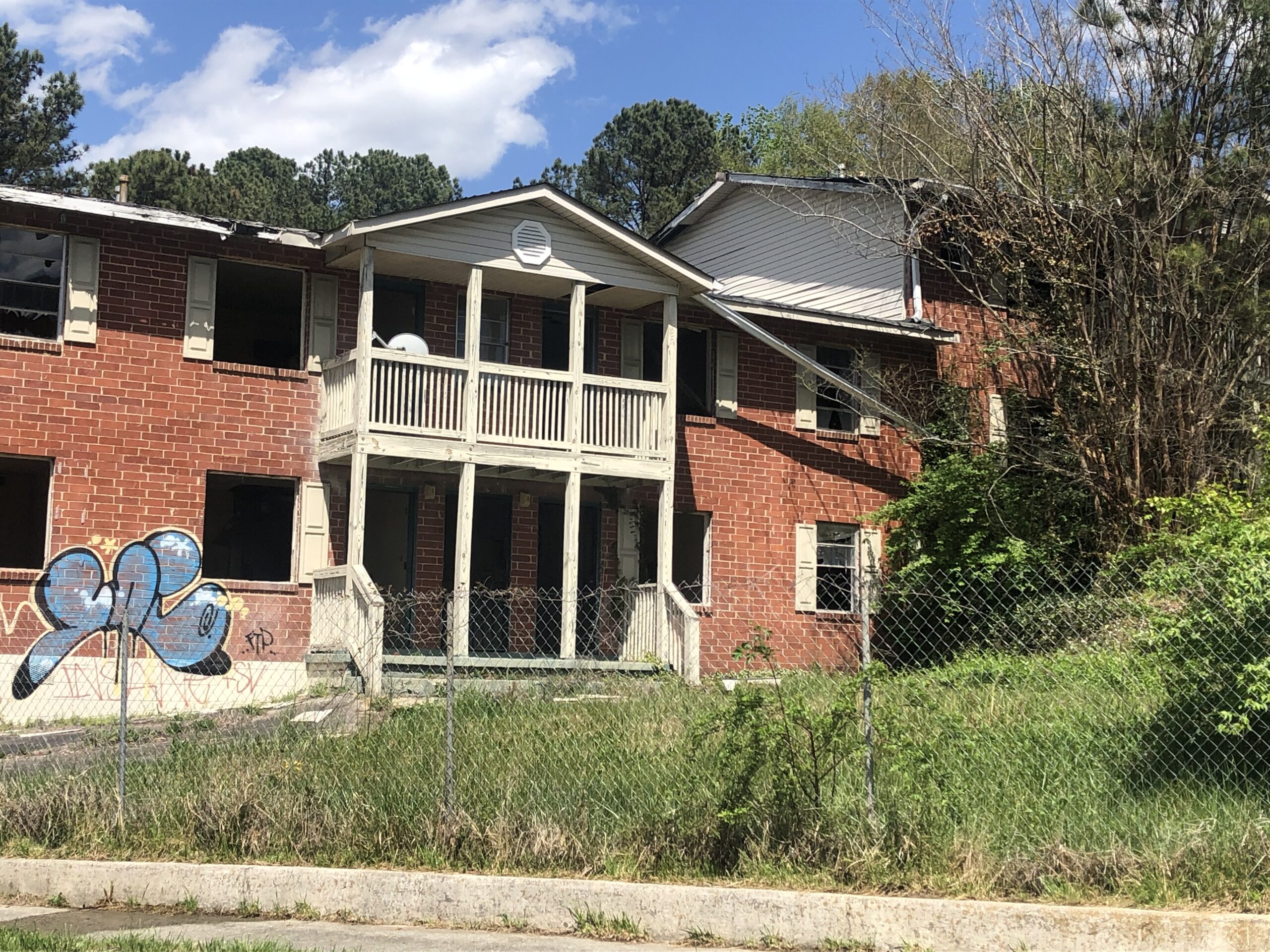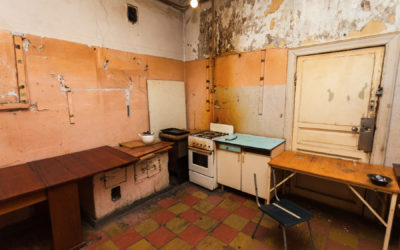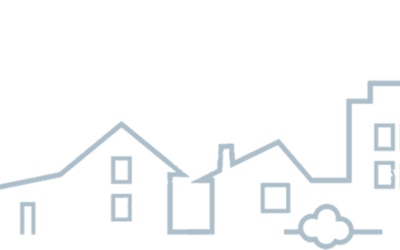We signed a contract to purchase Summerdale in November 2017 at a price of $5,200,000 which was a bargain for a 244-unit apartment deal or $21,300 per unit ($5,200,000 divided by 244 units=$21,300-unit). Think of this price as purchasing a house for $21,300 – cheap for a major booming city like Atlanta! We estimated the cost to renovate the down units and bring the property in compliance with the federal Hope VI grant requirements embedded in the property title, to be $4,400,000 for an all in completely renovated price of $9,600,000 or $39,344 per unit (if we were lucky).
Typically, when we purchase apartment communities, we have sixty days to close the deal, or 30 days to do our inspections and research on the property and then 30 days to close the loan or loan funding. For Summerdale, we negotiated a longer period of time because we had to work with Atlanta Housing and the US Department of Housing and Urban Development (“HUD”) to determine a solution for the 74 public housing units that were required as part of the Hope VI grant. Dealing with the federal government could take months, so we requested additional due diligence time as part of the contract. When we finalized the purchase contract, we negotiated a total of 45 days to do our inspections, and up to six months to give us time to resolve the Hope VI requirement, find $9,600,000 and close the deal. Note, the federal Hope VI program was adopted to promote affordable housing, but the scars of the program were now sabotaging Summerdale contributing to its blighted condition.
We knew it would be a challenge to raise the $9,600,000 funding to purchase and renovate Summerdale because banks typically don’t invest in crime-infested apartment communities in blighted neighborhoods. The Federal Reserve does have a rule encouraging banks to invest in low-income marginalized communities called the Community Reinvestment Act, but that doesn’t mean Summerdale was a desirable investment. A prospective lender just had to visit the property and see the entrenched and obvious criminal activity, or pull a community crime report to know Summerdale was an unstable investment.
There are “hard-money” lenders active in low-investment communities across America and we had dozens of lenders willing to step up where the banks would not invest. Unfortunately, these hard money lenders want to charge an above-market interest rate to compensate for the perceived higher risk of a blighted property. Furthermore, they want the owners of the deal to sign an agreement personally guarantying the loan repayment. If we did not repay the loan in a timely manner, then they could take my personal assets like my house, bank account and any other investments to cover their loan. It was just too risky for me and my partners to put up all my personal assets on an investment as unstable as Summerdale.
We did get an offer from a hard-money lender who agreed to loan us $7.0 million to purchase the property at an interest rate of 11% — more than double the rate from a standard bank lender. They also went on to say we were lucky to get such a low interest rate at 11% and they were right. Several hard-money lenders have approached me to lend money at 15 or 20% interest. But these expensive loans exacerbate the problems around affordability. To put this in perspective, if Summerdale was in an affluent area, the interest rate would have been 4.5% for a $7,000,000 loan or $315,000 per year (4.5% x $7,000,000=$315,000). This equates to an interest payment of $108 per apartment unit per month ($7,000,000 x 4.5%=$315,000 divided by 244 units / 12 months = $108) to cover the monthly loan. If we pursued the easy route with the hard-money lender, the interest rate they quoted at 11% would equal $770,000 per year to pay the annual interest ($7,000,000 x 11% = $770,000 / 244 units = $3,156 per unit or $263/month in interest). If we received an interest rate of 11% instead of 4.5%, the higher interest rate meant we would be charging our tenants an additional monthly rent of $155 ($263 – $108 = $155) just to cover the debt penalty for being in a blighted area.
Our main goal was to stabilize the property and keep rents affordable for the market. The average household income for the immediate neighborhood was $26,942 or wages at $12.95/hour. The typical tenant at Summerdale was a service worker in the hotel, fast food or medical industries earning $12-$15.00 per hour. Affordability for these families is $711 per month or 30% of the gross monthly income, and our goal was to renovate the property at a price that we could profitably operate at $711/unit per month rent.
In order to get this property financed, we had to borrow money as cheaply as possible or close to the 4.5% interest rate. We politely declined the hard-money lender and their 11% interest rate even though the clock was loudly ticking and we were on a strict deadline to get this deal closed. We were determined to keep the rents affordable for the families living at Summerdale and an additional $155 per month just to pay the higher interest for a hard-money loan was not an option for our families. My partners and I had to get creative…really creative quickly if we wanted to purchase this deal.


